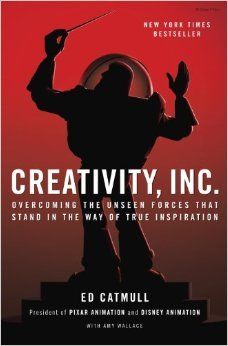DOMESTIC B.O. WINNERS AND LOSERS
-- box office share -- total dollars -- increase/decrease
Universal Studios -- 22.1% -- $2.44B -- +119%
Walt Disney -- 20% -- $2.2B -- +38%
Warner Bros. -- 14.4% -- $1.59B -- +1.5%
20th Fox -- 12.8% -- $1.41B -- -27%
Sony -- 8.7% -- $960.8M -- -24%
Lionsgate -- 6% -- $663M -- -10%
Paramount -- 6% -- $658M -- -38%
Weinstein Co. -- 2.7% -- $294.2M -- +32%
Animation played a big part in several studios' overall performance.
Universal had the billion-dollar Minions; Disney owned the global hit Inside Out; Sony traveled to glory with Transylvania 2.
And Paramount, which was a loong way from having a great year, got considerable mileage from The Sponge Bob Movie. There were also several live-action extravaganzas -- most laden with animated visual effects -- that did wonderfully well at the box office.
Click here to read entire post










